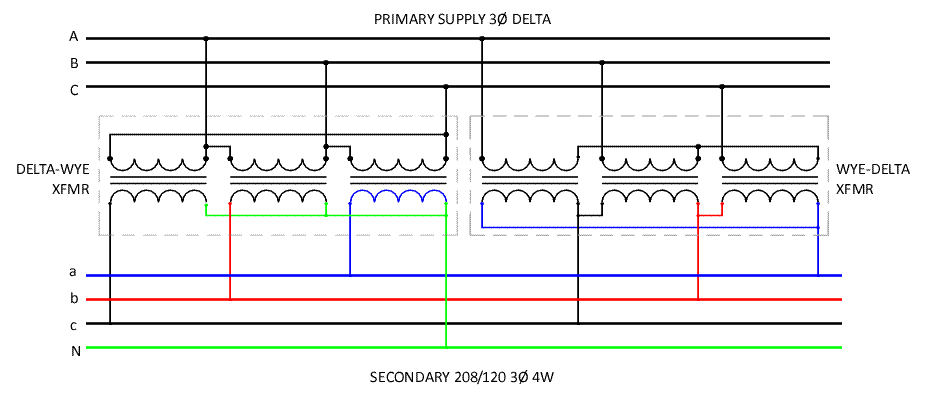- Location
- Massachusetts
OK here is my dumb question of the day.
As some of you know I am doing a grid tied solar installation. For this installation we have a 50 KW 208 volt 3 phase inverter without a neutral.
The service is 208Y/120.
This seems odd to me, I would have assumed the inverter would also have to be 208Y/120.
Is this inverter correct for the application?
As some of you know I am doing a grid tied solar installation. For this installation we have a 50 KW 208 volt 3 phase inverter without a neutral.
The service is 208Y/120.
This seems odd to me, I would have assumed the inverter would also have to be 208Y/120.
Is this inverter correct for the application?

